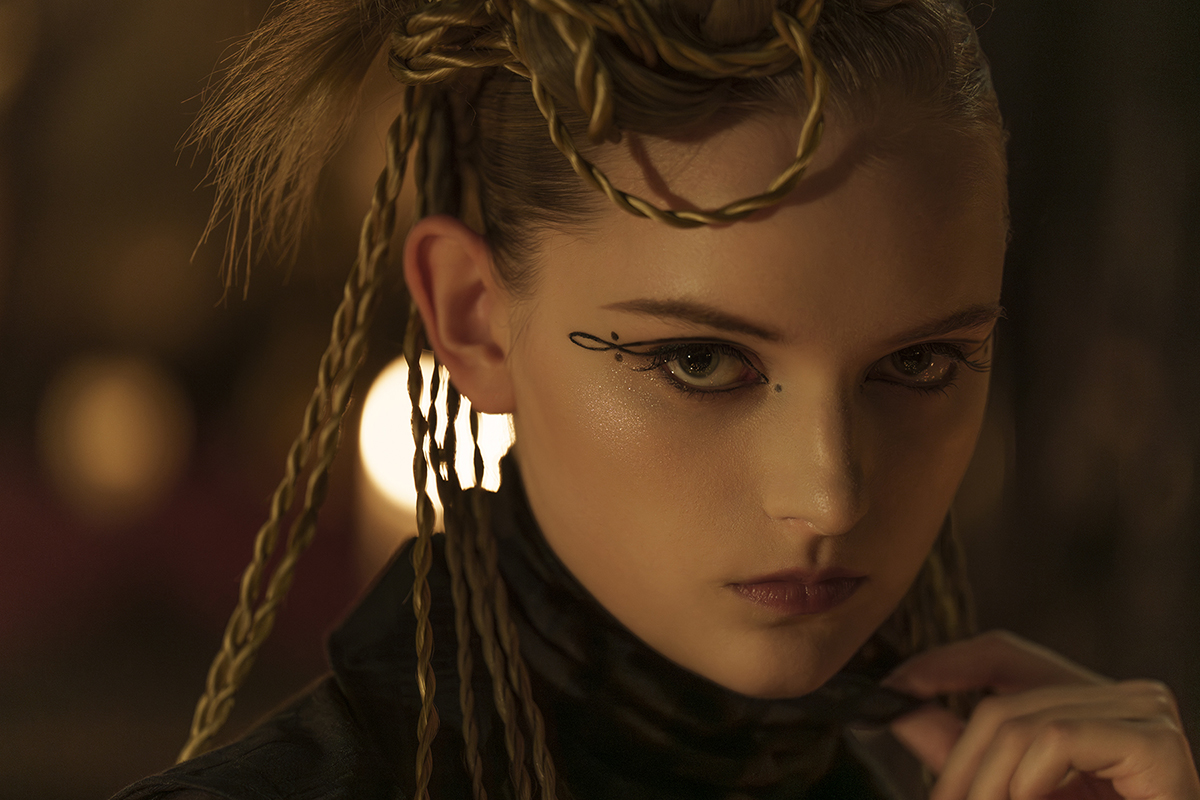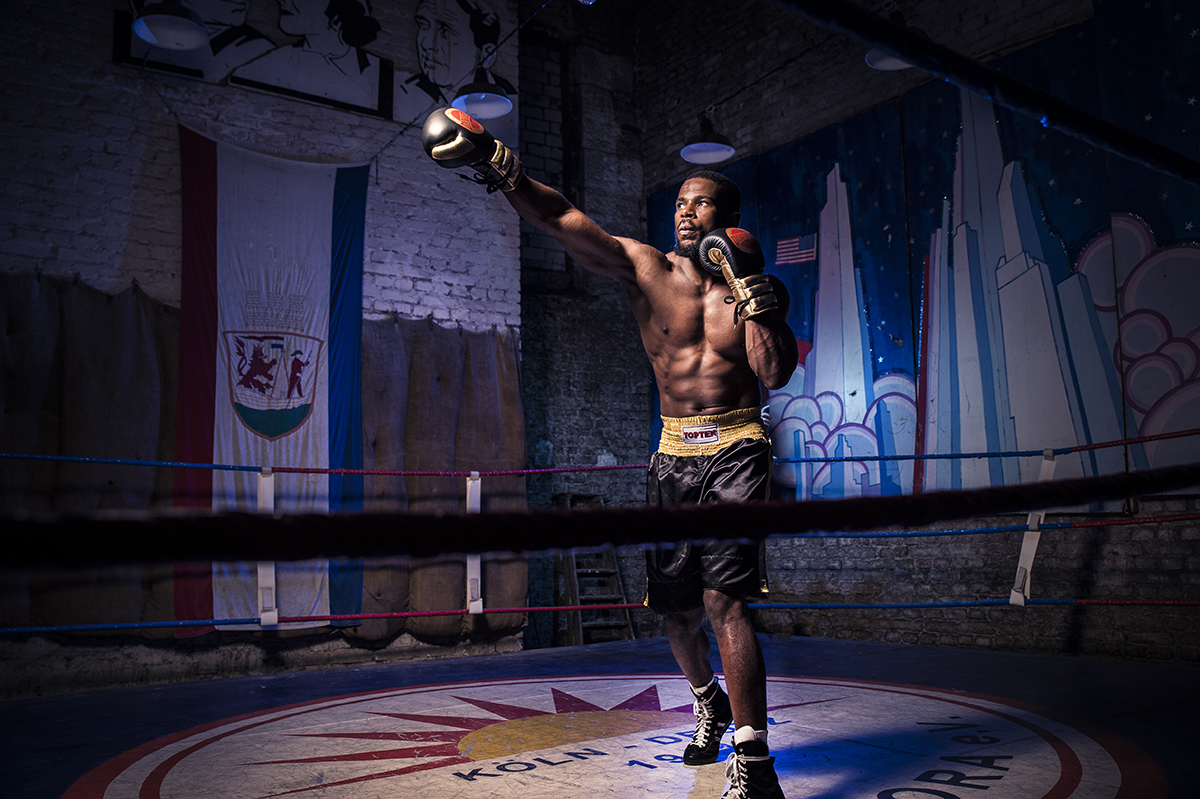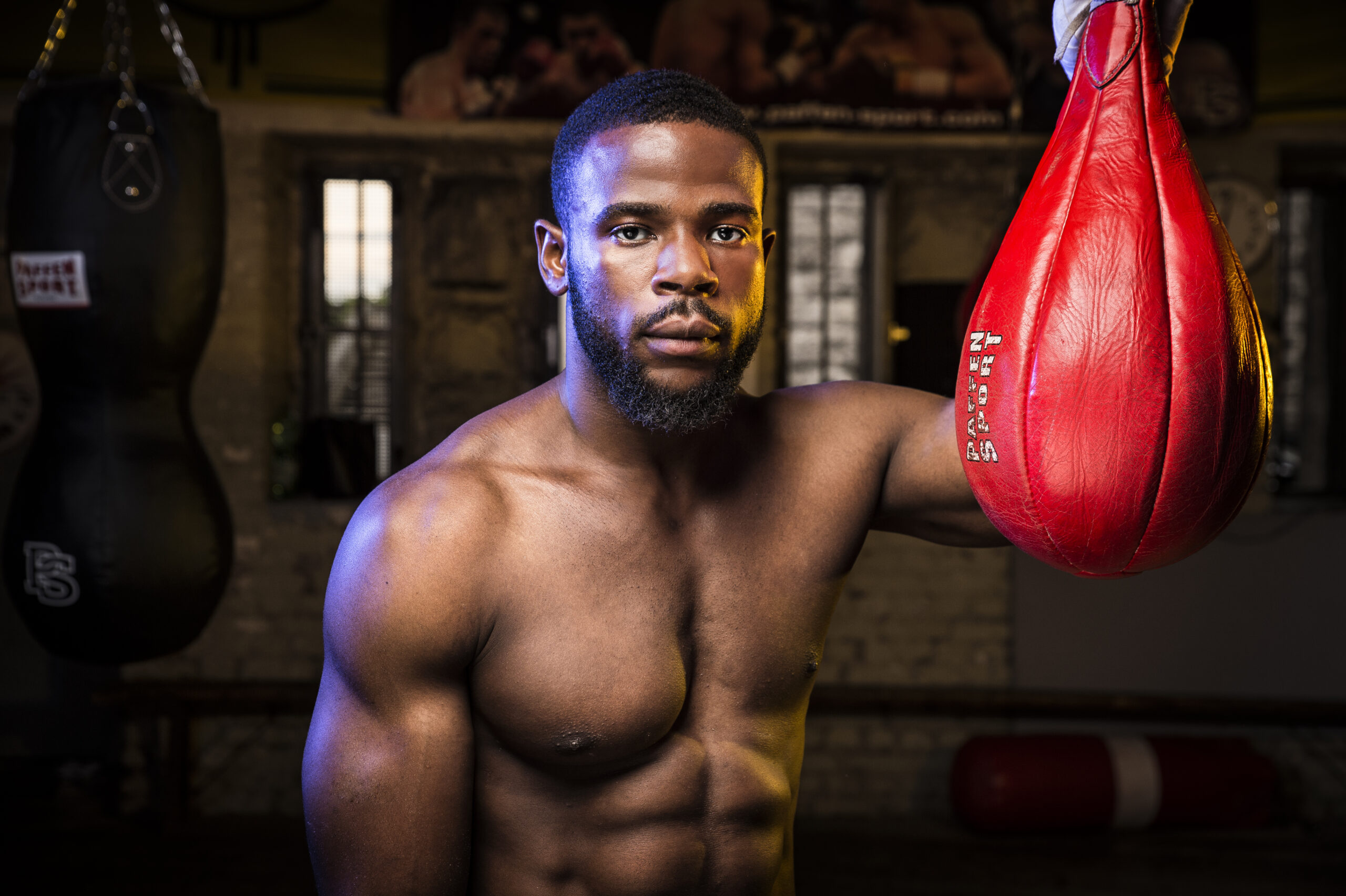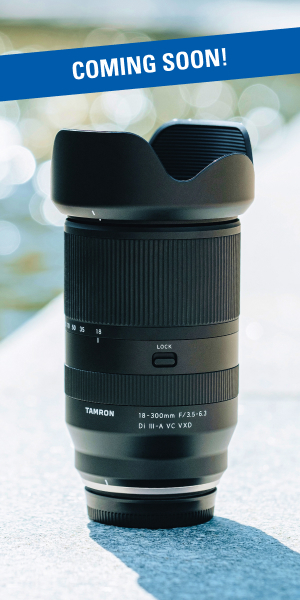Dominar la fotografía de retratos con poca luz es mucho más que capturar imágenes en condiciones de poca luz: se trata de aprender a modelar y controlar la luz para producir retratos impresionantes, nítidos y emocionalmente resonantes. Tanto si disparas con luz ambiental en interiores como si te enfrentas a entornos nocturnos complicados, saber cómo optimizar el equipo y la técnica es fundamental para evitar imágenes con ruido, borrosas o mal iluminadas.
En esta guía avanzada, exploramos las herramientas, los ajustes y las estrategias creativas que mejorarán tus retratos con poca luz.
Lo que aprenderá en este artículo:
- Cómo aprovechar al máximo la luz disponible para obtener mayor claridad y detalle en los retratos
- Ventajas de utilizar objetivos de apertura rápida para retratos con poca luz
- Consejos para estabilizar tus tomas y elegir el equipo de apoyo adecuado
- Cómo utilizar la luz artificial de forma creativa sin sobrecargar al sujeto
Maximiza la captación de luz con el objetivo y los ajustes de cámara adecuados

En la fotografía de retratos con poca luz, es esencial aprovechar toda la luz disponible para mantener la calidad de la imagen. Un objetivo con una gran apertura (número f más bajo) es clave. Por ejemplo, el Tamron 28-75 mm F/2,8 Di III VXD G2 permite una profundidad de campo brillante y poco profunda, al tiempo que deja pasar más luz, lo que resulta ideal para obtener retratos nítidos y con poco ruido en condiciones de oscuridad.
Consejo profesional: Combina un objetivo rápido con una cámara de fotograma completo para obtener una mayor sensibilidad a la luz y un grano mínimo. Aumenta la sensibilidad ISO solo cuando sea necesario y evita sobreexponer las altas luces.
Principales conclusiones:
- Utiliza objetivos con una apertura de f/2,8 o superior
- Dispara en RAW para conservar más detalles en las zonas de sombra
- Activa la previsualización de la exposición para obtener información en tiempo real sobre tus ajustes
Técnicas de estabilización para eliminar el desenfoque de movimiento en entornos poco iluminados

Uno de los principales retos de la fotografía de retratos con poca luz es evitar las sacudidas de la cámara que pueden producirse con velocidades de obturación lentas. Utilizar un trípode es la forma más eficaz de estabilizar la toma y te permite trabajar con velocidades de obturación más lentas sin comprometer la nitidez.
Para mayor movilidad, considere la Tamron 70-180 mm F/2,8 Di III VC XD (Modelo A065). Su sistema de Compensación de la vibración (VC) ayuda a reducir las sacudidas, lo que hace que el disparo a pulso con poca luz sea más fiable.
Nota importante: Desactive siempre el VC cuando utilice un trípode para evitar microvibraciones causadas por el sistema de estabilización.
Consejos adicionales:
- Utiliza un disparador remoto o un temporizador de 2 segundos
- Active la estabilización de imagen en el cuerpo (IBIS) si su cámara la admite
- Mantén el ISO lo más bajo posible para reducir el grano
Iluminación estratégica: Cómo utilizar eficazmente la luz artificial
Cuando la luz natural es insuficiente, a menudo es necesario incorporar iluminación artificial, pero debe hacerse con cuidado. En la fotografía de retratos con poca luz, el objetivo es realzar al sujeto sin aplanar el ambiente ni introducir sombras duras.
Consejos de iluminación:
- Utiliza iluminación difusa, como softboxes o paraguas, para mantener la suavidad.
- Coloca la fuente de luz en un ángulo de 45 grados para conseguir una profundidad de sombra favorecedora.
- Experimenta con paneles LED o flashes portátiles para añadir reflejos en los ojos
Principales conclusiones:
- Evitar la iluminación frontal directa para mantener la dimensionalidad
- Utiliza reflectores para rebotar la luz existente y reducir el contraste
- Considera la posibilidad de utilizar geles de colores para igualar los tonos ambientales o añadir un toque creativo
Conclusión: El dominio de la fotografía de retrato con poca luz comienza con las herramientas y técnicas adecuadas
La fotografía de retratos con poca luz es un reto tanto técnico como creativo, pero con el equipo adecuado, una iluminación bien pensada y unos hábitos de disparo estratégicos, podrá conseguir retratos de calidad profesional independientemente de las condiciones de iluminación. Desde seleccionar el objetivo Tamron adecuado hasta dominar el control de la luz, las herramientas están al alcance de su mano. Explore la variada selección de objetivos de Tamron America y encuentre hoy mismo la herramienta perfecta para sus proyectos fotográficos con poca luz.
Descubra estos y otros objetivos Tamron en un distribuidor autorizado Tamron o visite la página Tienda TAMRON hoy.


